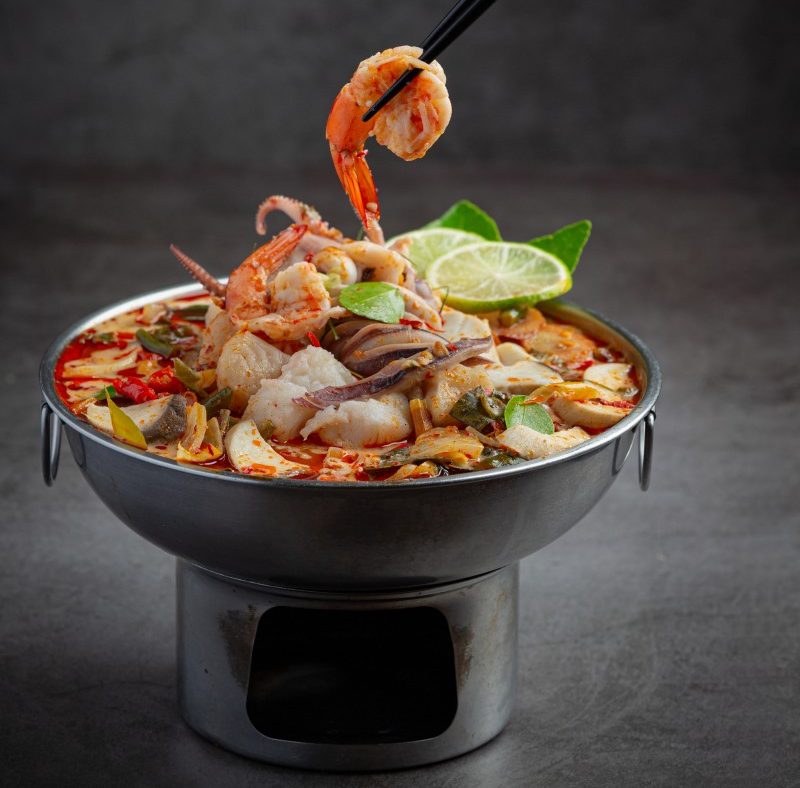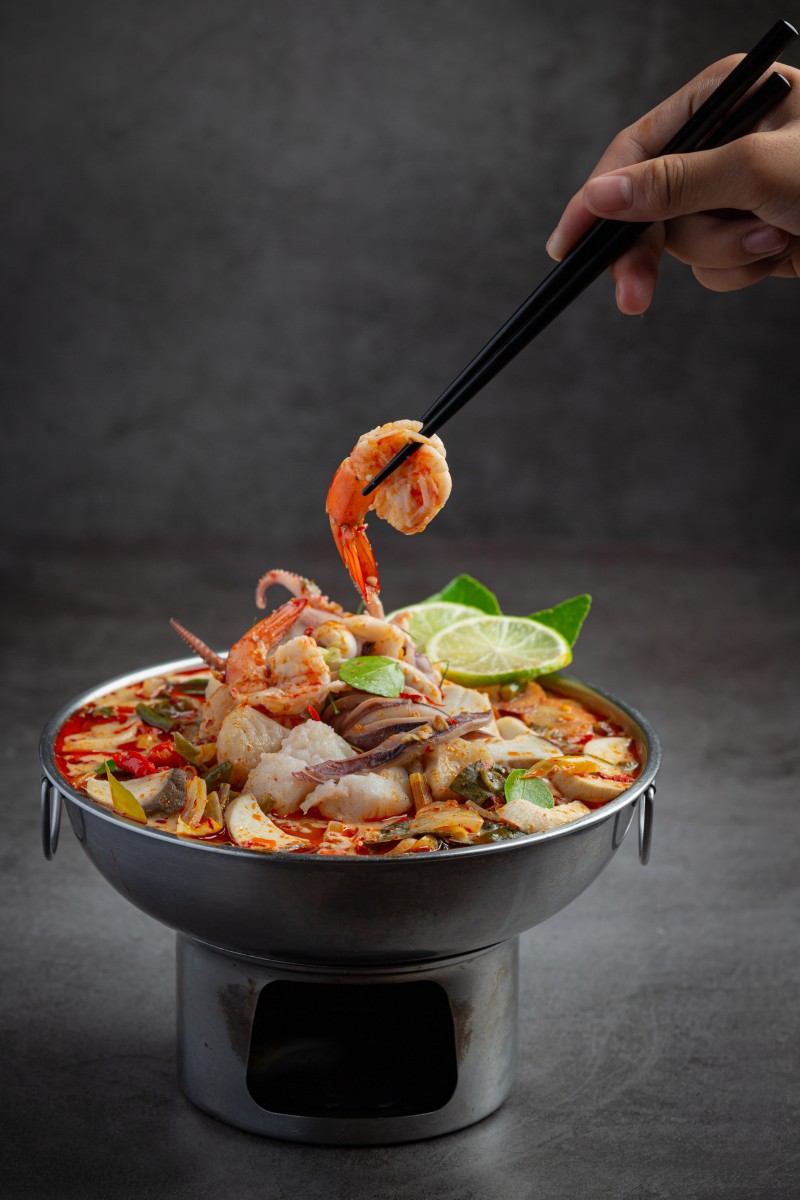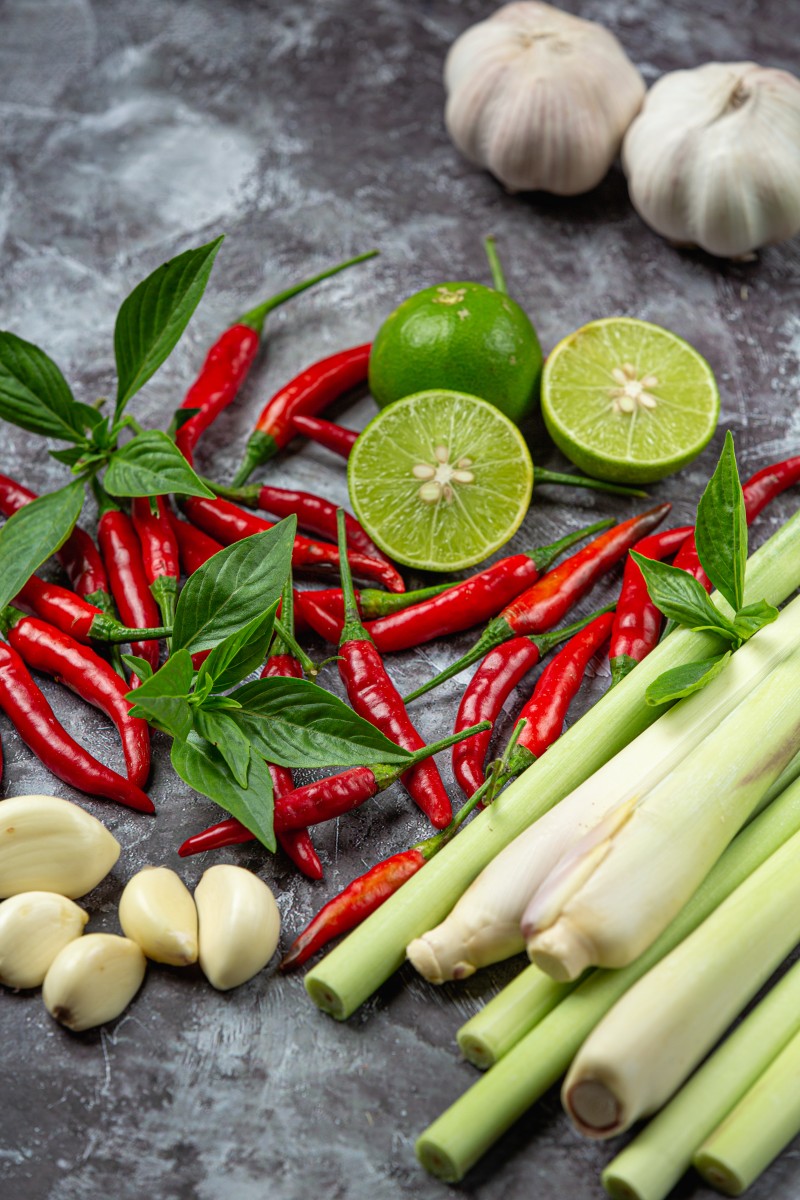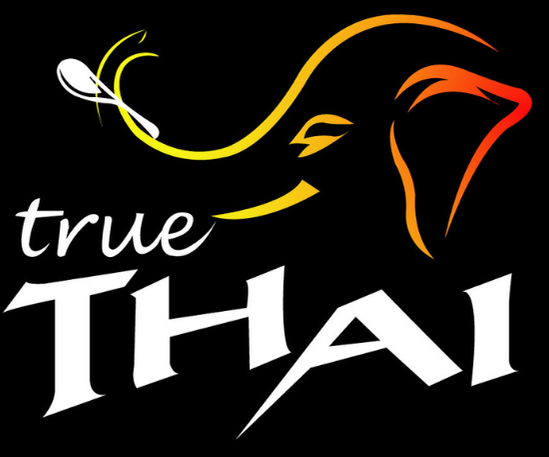Thai Cuisine
Traditional Thai Cuisine / Essential Ingredients / The Thai Dining Experience / How to Eat Thai-Style
Traditional Thai Cuisine
Thai cuisine is a vibrant expression of Thailand’s geography, history, and cultural harmony. Nestled in Southeast Asia—east of India and south of China—Thailand’s culinary traditions reflect subtle influences from its neighbors, such as Chinese stir-fries and Indian curries, yet remain uniquely Thai in flavor, presentation, and philosophy.

Traditional Thai Cuisine
Thai cuisine is a vibrant expression of Thailand’s geography, history, and cultural harmony. Nestled in Southeast Asia—east of India and south of China—Thailand’s culinary traditions reflect subtle influences from its neighbors, such as Chinese stir-fries and Indian curries, yet remain uniquely Thai in flavor, presentation, and philosophy.

Essential Ingredients
What makes Thai food so unforgettable is its perfect balance of five fundamental flavors—spicy, sour, sweet, salty, and bitter—often combined in a single dish or across a meal.
A signature seasoning in Thai cooking is fish sauce (nam pla), a richly aromatic and savory condiment used in countless recipes. Other core ingredients include:
- Fresh herbs and spices: garlic, galangal, ginger, and chillies
- Sour elements: lime juice, tamarind
- Natural sweeteners: palm sugar, coconut sugar
- Creamy richness: coconut milk, used in both savory and sweet dishes
This blend of ingredients creates a cuisine that is aromatic, flavorful, and deeply satisfying.

Essential Ingredients
What makes Thai food so unforgettable is its perfect balance of five fundamental flavors—spicy, sour, sweet, salty, and bitter—often combined in a single dish or across a meal.
A signature seasoning in Thai cooking is fish sauce (nam pla), a richly aromatic and savory condiment used in countless recipes. Other core ingredients include:
- Fresh herbs and spices: garlic, galangal, ginger, and chillies
- Sour elements: lime juice, tamarind
- Natural sweeteners: palm sugar, coconut sugar
- Creamy richness: coconut milk, used in both savory and sweet dishes
This blend of ingredients creates a cuisine that is aromatic, flavorful, and deeply satisfying.
The Thai Dining Experience
A traditional Thai meal is all about sharing and balance. Meals may consist of a single main dish or, more commonly, steamed rice (khao) accompanied by multiple dishes served at the same time. Rather than following a set course, every dish is presented together, encouraging variety and communal enjoyment.
Rice, especially Thai jasmine rice, is the cornerstone of the Thai table. Its fragrant aroma and soft texture make it the perfect partner for spicy curries, stir-fries, and savory soups.
At the table, an array of sauces and dips is always available. Thistradition allows each person to season their food to taste, reflecting
the Thai value of hospitality and personalization.
How to Eat Thai-Style
In Thai culture, meals are typically eaten with a spoon and fork, not chopsticks. The spoon, held in the right hand, is used for eating, while the fork, in the left, is used to guide food onto the spoon.
Chopsticks are occasionally used, mainly for noodle soups, but are not common for rice-based dishes.
Spice Garden Co.,Ltd.
399/169 Soi Sihaburanukit13, MinBuri, MinBuri Bangkok 10510
- Tel : (662)270 1835
- Fax : (662) 271 0545
- info@spicegardenfoods.com
